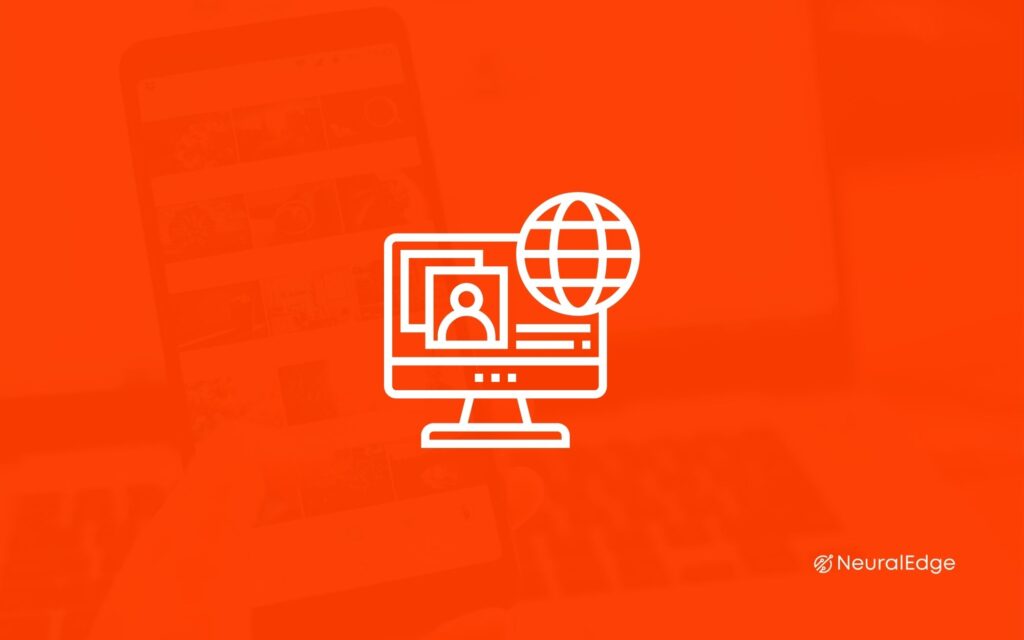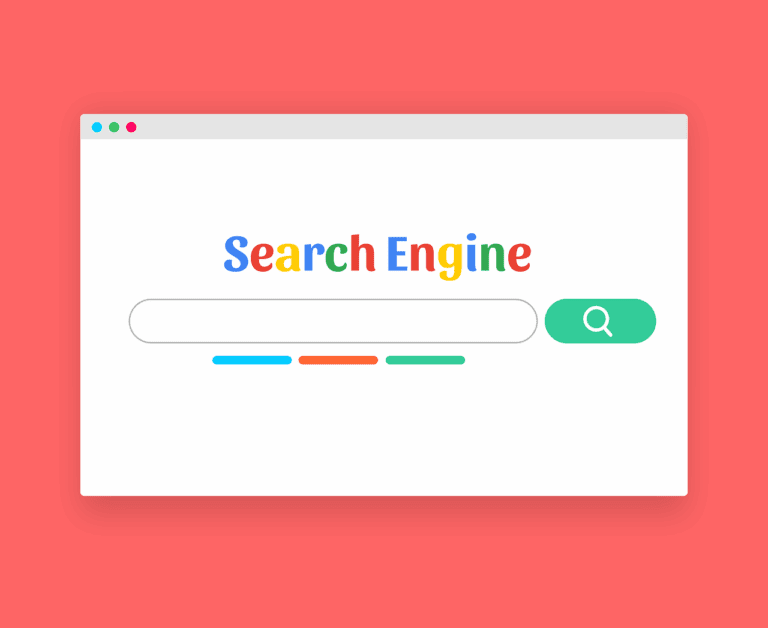There’s no question that good website page design is essential for strong SEO and high conversion rates. In fact, one in three people will abandon a website if the content or structure is unappealing. So, if you’re working hard on SEO to get people to your website, and you’re not seeing the conversions you want, it’s time to take a look at your page design.
In this post, we’ll look at the key design elements that affect SEO and conversions and how to find the right balance between SEO and design.
SEO & Web Page Design – A Brief History
SEO and web page design have always been closely linked. The first search engines were created in the 1990s, and they relied on manual input of website data to create their indexes. In order to make sure their websites appeared as high as possible in these results, webmasters started to focus on elements like keyword density, meta tags and backlinks.
As search engine algorithms became more sophisticated, these on-page elements lost their importance. Today, SEO focuses on creating valuable content that provides a great user experience. This content must be well-optimised for both people and search engines, making website page design an essential part of the process.
On-page design plays an essential role because it’s one of the main factors that search engines use to determine a website’s ranking. A well-designed page will be easy to read and navigate, with clear headings and concise paragraphs. It will also be optimised for certain keywords, which can help to improve your ranking in SERPs.
How SEO & On-Page Design Work Together
You can think of SEO as a top of the funnel activity and on-page design as a way of filling that funnel with high-quality leads. Once you have optimised your content for your target keywords, it’s important to focus on the user experience. This means making sure your page looks great and is easy to use, with clear navigation and no clutter.
If people don’t enjoy using your website, they’re not going to stick around for long. And if they don’t stick around, there’s a good chance they won’t convert into customers.
Consumers are more likely to find a company trustworthy if its website is aesthetically pleasing and easy to navigate. According to a recent survey, 75% of consumers rely on the site’s aesthetic appeal to inform a businesses credibility.
Allocating budget to SEO and website page design is essential for any business looking to improve its online presence and lead generation or online sales efforts.
On-Page SEO Factors
There are several key factors to consider when it comes to on-page SEO. The following design elements can have a significant impact on your site’s search engine ranking:
- Title tags
- Header tags
- Meta descriptions
- Images and alt text
Title Tags
The title tag is one of the most essential on-page SEO elements. It’s your site’s first opportunity to make a good impression on potential customers, and it also plays an important role in search engine ranking. Your title tag should be brief and descriptive, and it should accurately reflect the content of your page.
Header Tags
Like title tags, header tags are important for both SEO and conversion rate optimisation. Header tags help define the structure of your content and make it easier for search engines to understand. They also help break up large blocks of text, making your content easier to read. As with title tags, header tags should accurately reflect the content of your page.
Meta Descriptions
Meta descriptions are another important on-page SEO element. They’re not quite as important as title tags and header tags, but they can still have a significant impact on your site’s search engine ranking and conversion rate. Your meta description should be brief and descriptive, and it should include your target keywords.
Images and Alt Text
When it comes to SEO, images are essential. Not only do they help to break up large blocks of text, but they also play a role in search engine ranking. In order to get the most out of your images, you need to use alt text. Alt text is the text that’s displayed when an image can’t be loaded. It’s also a valuable SEO tool, as it helps improve your site’s search engine ranking and visibility.
Images are particularly important for eCommerce SEO as customers are more likely to purchase when they can see what they’re buying.
Design Elements That Affect Conversion Rate
Along with SEO, website page design also plays a vital role in conversion rate optimisation. The following design elements can help to increase your conversion rate:
- Layout
- Colours
- Fonts
- Calls to Action
- Responsiveness
The layout of your website is one of the most important factors when it comes to conversion rate optimisation. Your layout should be easy to navigate, and it should make it easy for visitors to find what they’re looking for. It’s also important to use an effective layout for your landing pages.
Colours
When it comes to website design, colours are important. They can be used to create a positive or negative emotional response, and they can also be used to influence buying decisions. The right colours can help to increase conversion rates, while the wrong colours can have the opposite effect.
Fonts
Another important aspect of website design is fonts. The right fonts can help to improve readability and create a more professional appearance. However, it’s important to use the right fonts for your target audience. If you use the wrong fonts, you could alienate your customers and lose sales.
Calls to Action
One of the most important aspects of website design is the use of calls to action. Calls to action are statements or images that encourage visitors to take a desired action, such as buying a product or subscribing to a newsletter. If you want to increase conversion rates, you need to use effective calls to action.
Responsiveness
One of the most important aspects of website design is responsiveness. Responsive websites automatically adapt to the screen size of the device they’re being viewed on, making them easy to view and use on any device. If you want to improve your site’s usability, you need to make sure it’s responsive.
Finding The Right Balance Between SEO & Design
As you can see, there’s a lot to consider when it comes to website design. While SEO is important, it’s also important to remember that design is an essential part of the equation. You need to find the right balance between the two disciplines to get the most out of your website.
Getting the basics of SEO right is essential for any website because, without SEO, you’re unlikely to be found in Google search results. However, once you’ve got that traffic coming in, it’s important to focus on website design and conversion rate optimisation if you want to turn those visitors into customers.
Finding the right balance between SEO and design can be tricky, but it’s essential if you want to maximise your website’s potential. Working with an SEO agency can help you achieve this balance and improve your website’s search engine ranking and conversion rate.
Want to speak with an expert? Contact our team today for a free consultation.





